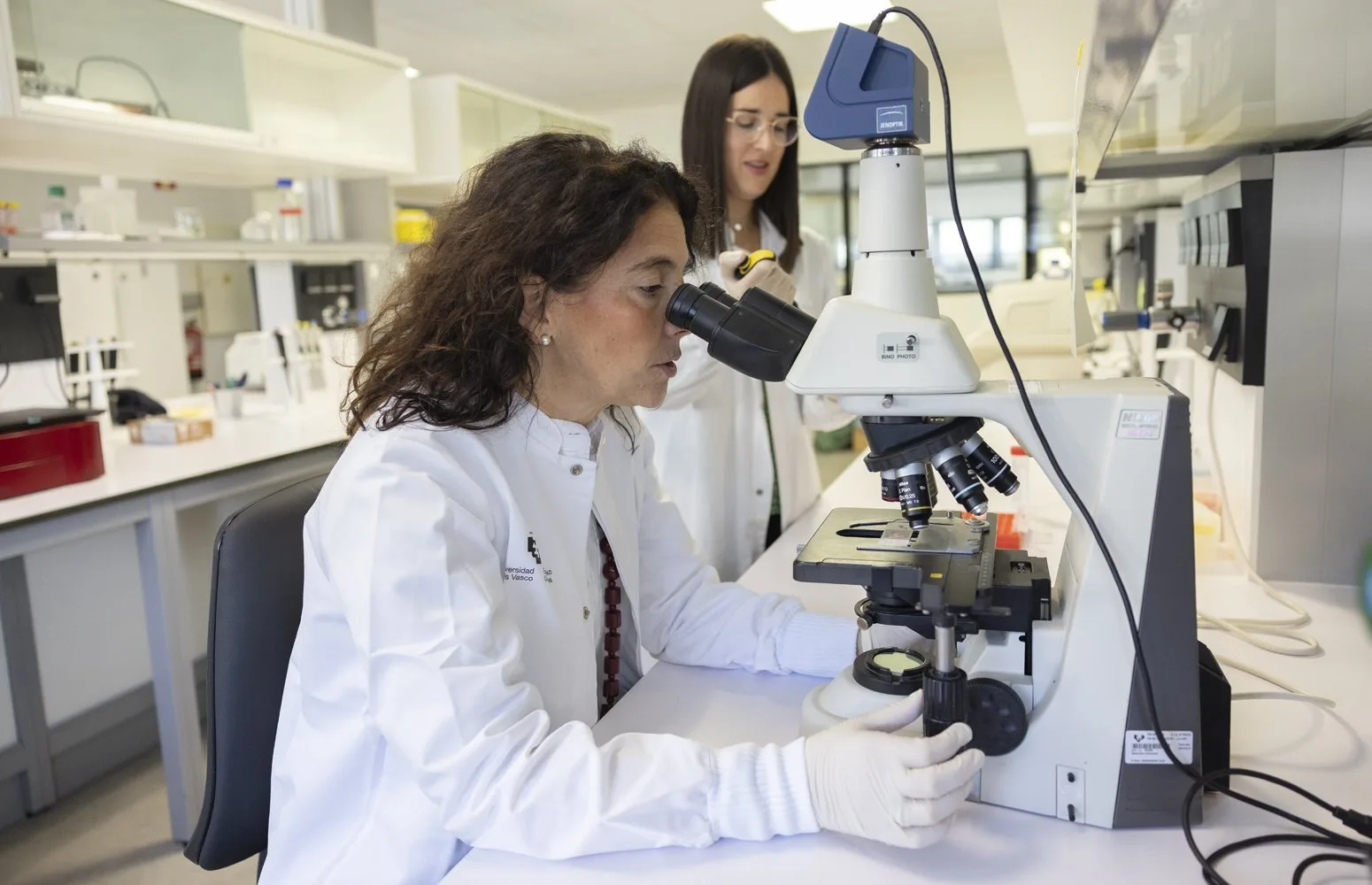New Therapeutic Target Identified for Fatty Liver Disease
An international research team has pinpointed the E2F2 protein as a promising target for preventing metabolic fatty liver disease from advancing to more severe stages like cirrhosis and liver cancer. This discovery offers hope for new and effective treatment strategies.
Understanding Fatty Liver Disease
Metabolic fatty liver disease, also known as non-alcoholic fatty liver disease (NAFLD), is a condition where excess fat accumulates in the liver. If left unmanaged, it can progress to non-alcoholic steatohepatitis (NASH), cirrhosis, and even liver cancer.
The Role of E2F2 Protein
The study revealed that the E2F2 protein plays a crucial role in the development and progression of fatty liver disease. By targeting this protein, researchers believe they can potentially halt or reverse the disease’s progression.
Key Findings:
- E2F2 protein identified as a key regulator in fatty liver disease.
- Targeting E2F2 could prevent progression to cirrhosis and liver cancer.
- Offers a new avenue for therapeutic interventions.
Potential Therapeutic Implications
This breakthrough opens doors for developing novel therapies specifically designed to target the E2F2 protein. Such treatments could significantly improve outcomes for individuals at risk of or already suffering from fatty liver disease.
Future Research Directions
Further research is needed to fully understand the mechanisms by which E2F2 influences fatty liver disease. Clinical trials will be essential to evaluate the safety and efficacy of therapies targeting this protein.
Final Overview
The identification of the E2F2 protein as a therapeutic target represents a significant step forward in the fight against metabolic fatty liver disease. With continued research and development, targeted therapies could offer a lifeline to those at risk of developing severe liver complications.



+ There are no comments
Add yours